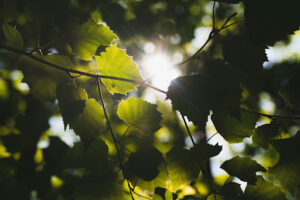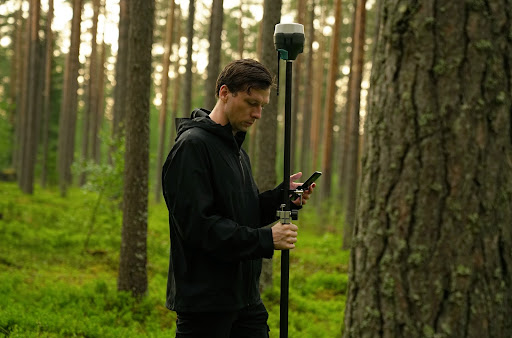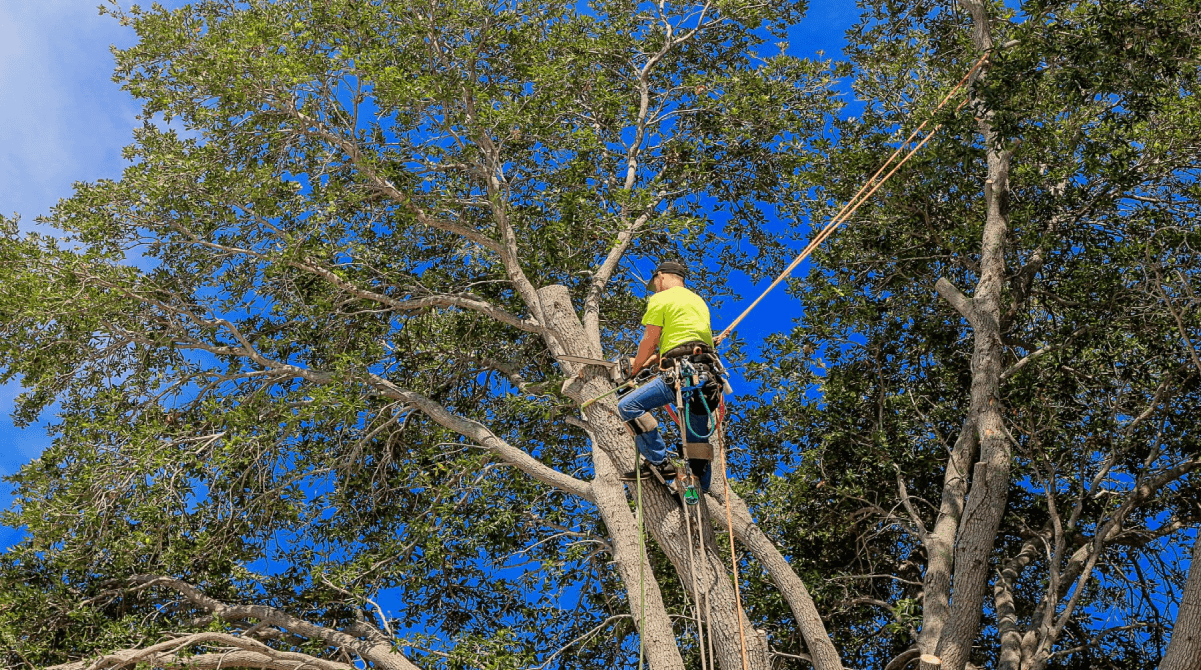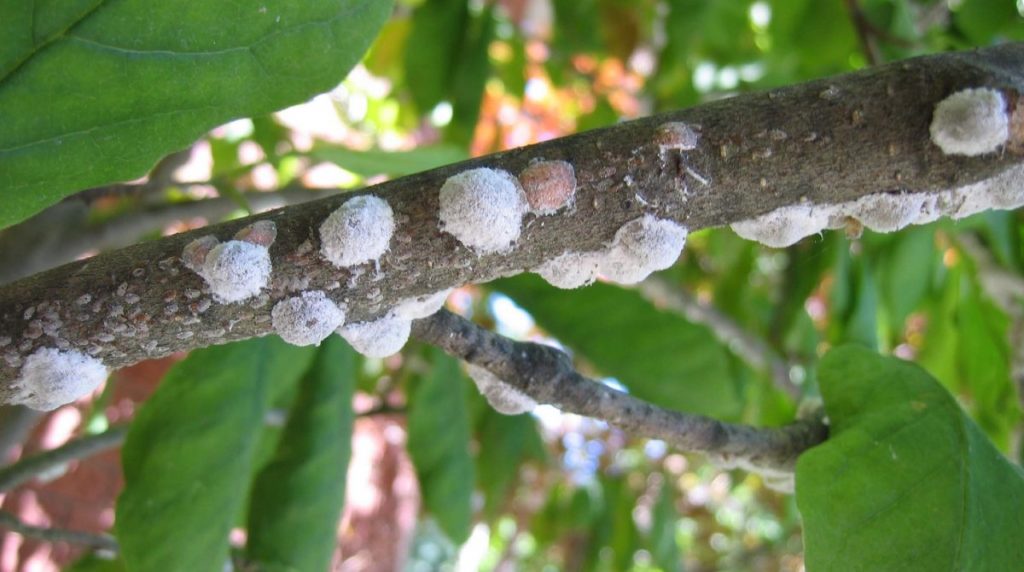
Essential Tree Care Maintenance Practices for Flower Mound Residents
Date October 03, 2024
Trees are an integral part of the Flower Mound landscape, contributing to the beauty, health, and overall value of the area. However, maintaining healthy trees requires consistent tree care maintenance. This is particularly true in Flower Mound, where trees face specific challenges due to seasonal weather changes, pests, and local soil conditions. In this article, TreeNewal will detail the best tree care maintenance practices for homeowners in Flower Mound, with a focus on seasonal care, preventive treatments, and long-term tree health.
Why Tree Care Maintenance is Important in Flower Mound
In Flower Mound, trees are exposed to varying weather conditions, including hot summers, dry spells, and occasional storms. Proper tree care helps mitigate the stress these environmental factors can place on your trees. Regular maintenance can:
- Prevent disease and pest infestations: Well-maintained trees are more resistant to pests and diseases.
- Enhance tree growth: Routine care ensures trees receive the nutrients they need to grow healthy and strong.
- Promote safety: Regular pruning and inspections reduce the risk of falling branches or tree damage during storms.
- Boost curb appeal: Healthy trees enhance the aesthetic value of your property and improve the overall landscape.
By incorporating tree care maintenance practices into your routine, you can ensure your trees continue to thrive in the unique climate of Flower Mound.
Seasonal Tree Care Maintenance in Flower Mound
One of the most effective ways to maintain tree health is to adjust your tree care practices based on the season. Each season in Flower Mound presents different challenges and opportunities for tree care.
Spring: Preparing for Growth
Spring is the time when trees in Flower Mound come out of their dormant period and begin to grow rapidly. It’s crucial to provide the care they need to start the season strong.
- Inspect for Winter Damage: Check trees for any damage caused by winter storms, including broken or dead branches. Early detection allows for timely pruning.
- Fertilization: Apply a slow-release fertilizer to provide the nutrients trees need for healthy growth. This is particularly important for trees that are still recovering from the colder months.
- Mulching: Add a fresh layer of mulch around the base of your trees to retain soil moisture and regulate temperature. Mulch also helps suppress weed growth.
- Pruning: Early spring is an ideal time to prune trees to remove any dead or damaged branches. Pruning in spring helps shape the tree for the growing season and reduces the risk of disease spread.
Summer: Watering and Pest Management
The hot, dry summers in Flower Mound can put significant stress on your trees, making it crucial to focus on hydration and pest control.
- Watering: Deep watering is essential during the summer months. Make sure trees receive enough water, especially during droughts. The key is to water deeply and infrequently, encouraging deep root growth.
- Pest Control: Summer is when pests like bagworms and borers are most active. Regularly inspect trees for signs of infestation, such as chewed leaves or discolored bark, and treat any issues immediately.
- Monitor for Disease: Keep an eye out for signs of diseases like oak wilt or leaf spot, which can thrive in hot, humid conditions. Early detection and treatment are vital to preventing the spread of disease.
Fall: Preparing for Dormancy
Fall is the time to prepare your trees for the colder months ahead. The cooler temperatures and increased rainfall provide an opportunity for essential maintenance tasks.
- Pruning and Trimming: Fall is an excellent time for structural pruning, especially for young trees. Removing weak or crossing branches helps the tree maintain a strong structure.
- Aeration: Compact soil can restrict root growth and water absorption. Aerate the soil around your trees to improve airflow and water penetration, ensuring that roots can access essential nutrients before winter.
- Fertilization: Apply a fall fertilizer to help trees store energy for the dormant winter months. A nutrient boost in the fall ensures trees have the strength to withstand the winter and emerge healthy in spring.
- Leaf Removal: While fallen leaves provide a natural mulch, too much leaf cover can create a breeding ground for pests and diseases. Rake up excess leaves, especially if they show signs of disease.
Winter: Protection and Monitoring
Winter in Flower Mound can bring cooler temperatures and occasional ice storms. Winter is a period of dormancy for trees, but they still require care to ensure their health.
- Tree Wrapping: For young or sensitive trees, consider using tree wraps to protect the trunk from freezing temperatures and frost cracks.
- Mulching: Adding an extra layer of mulch before winter helps insulate the roots, protecting them from extreme temperature fluctuations.
- Pruning for Safety: Remove any weak or damaged branches that could break under the weight of ice or snow. Winter pruning also reduces the risk of disease transmission since many pests are inactive.
- Inspect for Damage: After any winter storms, inspect your trees for broken branches or ice damage and address any issues promptly.
Preventive Tree Care Practices
In addition to seasonal maintenance, preventive care is essential for long-term tree health in Flower Mound. Preventive treatments and regular inspections help catch issues early before they become serious problems.
1. Regular Tree Health Inspections
Scheduling annual tree health inspections with a certified arborist is one of the best ways to prevent diseases, pest infestations, and other issues. An arborist will:
- Assess the overall health of your trees
- Identify signs of disease or pest infestation
- Recommend treatments or corrective pruning
- Provide advice on watering, mulching, and other care practices
Regular inspections can save you money in the long run by preventing costly tree removals or property damage caused by weak or diseased trees.
2. Soil Testing and Fertilization
Healthy trees start with healthy soil. Conducting a soil test every few years ensures your trees are getting the nutrients they need. Based on the results, you can adjust your fertilization practices to address any deficiencies. Common nutrients that trees in Flower Mound may lack include nitrogen, phosphorus, and potassium.
Regular fertilization strengthens tree roots, improves growth, and boosts resistance to pests and diseases.
3. Pest and Disease Control
Flower Mound trees are susceptible to various pests and diseases, including:
- Oak Wilt: A fungal disease that affects oak trees, especially live oaks and red oaks. Early diagnosis and treatment are critical to saving affected trees.
- Bagworms: These pests feed on the foliage of evergreen trees, causing defoliation and weakening the tree.
- Aphids and Borers: Insect pests like aphids and borers can cause significant damage to trees if left unchecked.
Preventive treatments, such as insecticidal sprays and systemic treatments, can protect trees from these pests. Certified arborists can apply these treatments safely and effectively, ensuring your trees remain healthy year-round.
4. Proper Tree Planting Techniques
Planting a tree is an investment in your property’s future, but improper planting can lead to problems down the road. When planting trees in Flower Mound, keep the following tips in mind:
Choose the Right Species: Select tree species that are well-suited to the Flower Mound climate, such as live oaks, pecans, and cedar elms.
Plant in the Right Location: Consider the tree’s mature size and growth pattern when choosing a planting location. Ensure it won’t interfere with structures, power lines, or other trees as it grows.
Plant at the Right Depth: Planting trees too deep or too shallow can stunt growth and lead to root problems. Make sure the root flare is visible at the soil surface.
The Role of Certified Arborists in Tree Care Maintenance
While some tree care tasks can be handled by homeowners, more complex maintenance should be performed by certified arborists like those at TreeNewal. Certified arborists have the training and experience to handle tasks such as:
- Tree pruning and trimming: Proper pruning techniques vary by tree species, and certified arborists ensure that trees are pruned in a way that promotes healthy growth without causing damage.
- Tree health assessments: Arborists can detect early signs of disease or structural issues that homeowners might miss.
- Tree removal: Removing a tree, especially one that is diseased or damaged, requires specialized equipment and safety procedures that arborists can provide.
By hiring a certified arborist in Flower Mound, you can ensure that your trees receive the best possible care, prolonging their life and enhancing the beauty of your property.
Conclusion
Keeping your trees healthy in Flower Mound requires consistent seasonal care, preventive treatments, and regular inspections. By following the right tree care maintenance practices, you can ensure your trees remain beautiful, safe, and strong throughout the year. From spring pruning to pest management and winter preparation, maintaining the vitality of your trees is crucial. For expert advice or help with more complex tasks, trust TreeNewal. Serving the Dallas and Fort Worth Metroplex since 2017, TreeNewal’s certified arborists are ready to provide comprehensive tree care maintenance in Flower Mound. Contact us today to keep your trees thriving!









